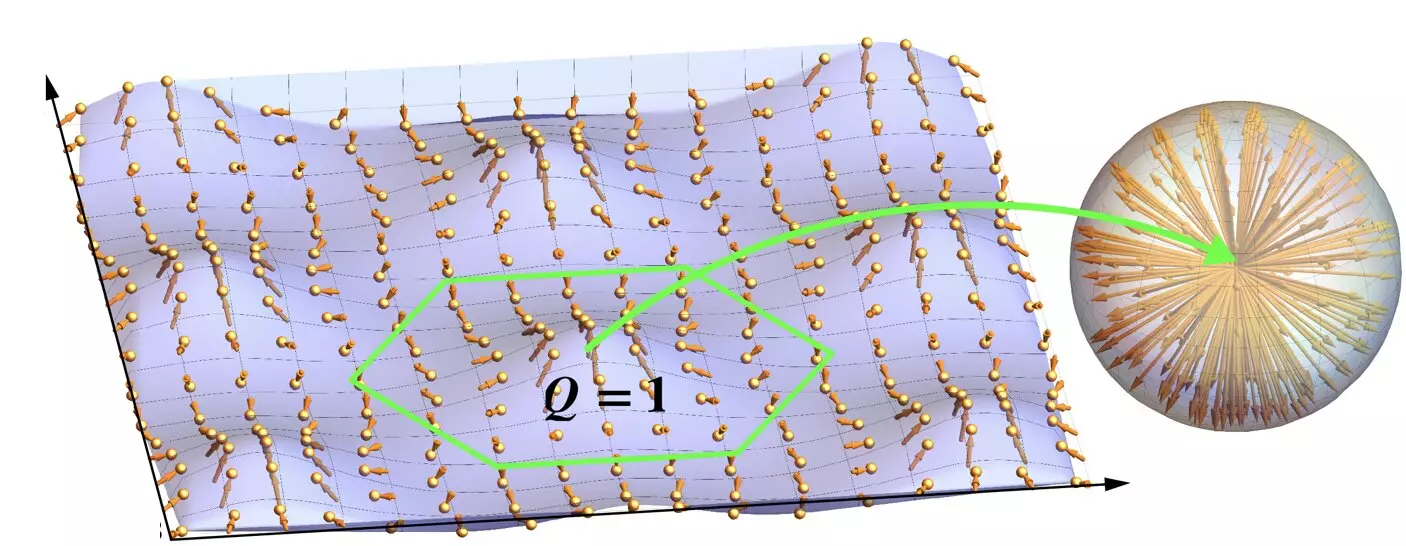Topological wave structures have captured the interest of physicists for their unique properties that remain unchanged under smooth deformations of a physical system. While these structures have been extensively studied in various wave systems, one area that has surprisingly been neglected is water waves. A recent study by researchers at RIKEN aims to fill this gap by exploring topological wave structures in water waves, offering a theoretical framework that could guide future experiments.
The study by Konstantin Y. Bliokh and his collaborators delves into the theoretical description of four distinct types of topological wave structures in water waves. These structures include water-wave vortices carrying quantized angular momentum, skyrmion and meron lattices on the surface of water, and spatiotemporal water-wave vortices and skyrmions. This research sheds light on the potential for water waves to exhibit topologically nontrivial structures with interesting physical properties.
Bliokh highlights that the fundamental wave phenomena showcased in their study have a universal character across waves of different nature, whether classical or quantum. By applying analysis previously used in electromagnetic, acoustic, and quantum-mechanical wave equations to water wave equations, the researchers demonstrate the mathematical similarity that underlies these wave structures. This suggests that the study of water waves can offer insights into wave phenomena across different domains.
The theoretical descriptions provided in the study pave the way for future research and experimental endeavors in fluid mechanics. The potential applications of water-wave vortices in various systems, including optical, acoustic, and quantum, hint at the diverse possibilities that these topological structures can offer. The researchers anticipate that the dynamical properties of water-wave vortices could be harnessed for microfluidic manipulation, especially in handling small particles of biomedical significance.
Moreover, the study suggests that water waves could serve as a robust tool for modeling complex wave phenomena that may be challenging to observe in other wave systems, such as quantum systems. The ability to experimentally observe the topological structures described theoretically opens up new avenues for further exploration and understanding of fluid mechanics. Bliokh and his team are now focused on realizing these structures in laboratory settings to validate their theoretical framework.
The study on topological water waves offers a glimpse into the intriguing world of wave phenomena and their universal characteristics. By bridging the gap between theoretical descriptions and experimental observations, researchers are paving the way for new discoveries in fluid mechanics and beyond. The promise of water waves as a versatile tool for exploring topological structures opens up exciting possibilities for future research and applications.


Leave a Reply